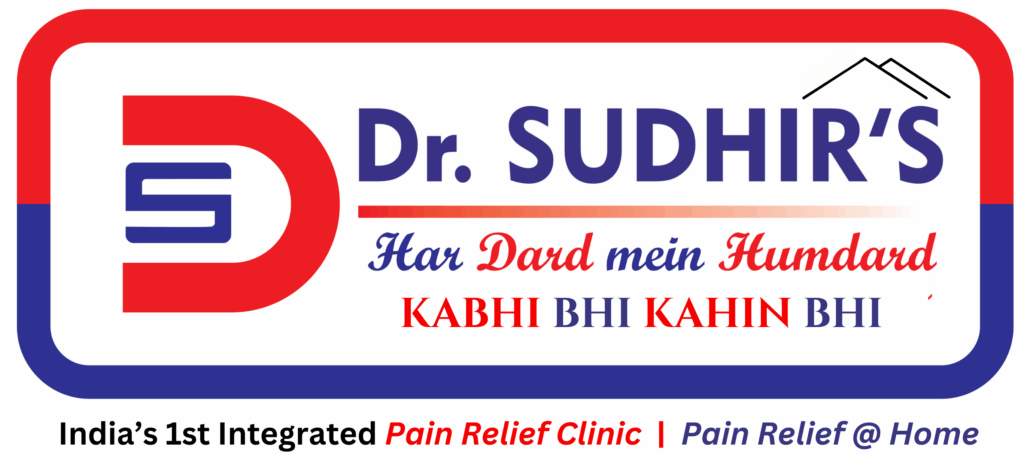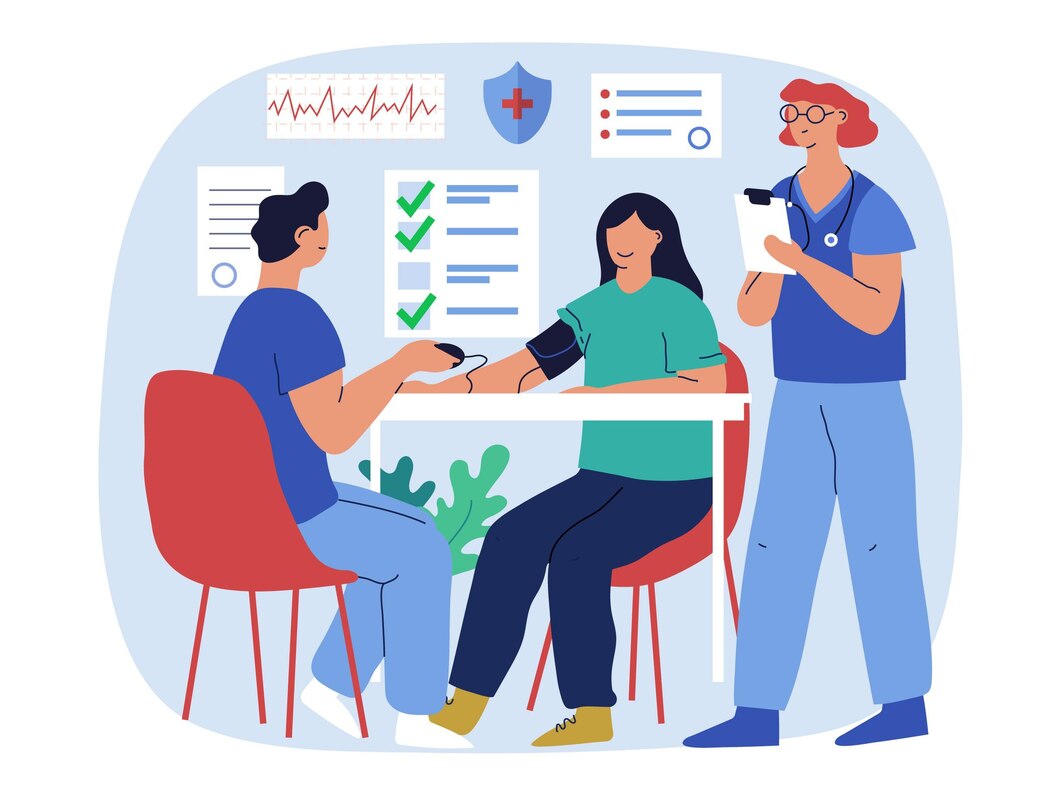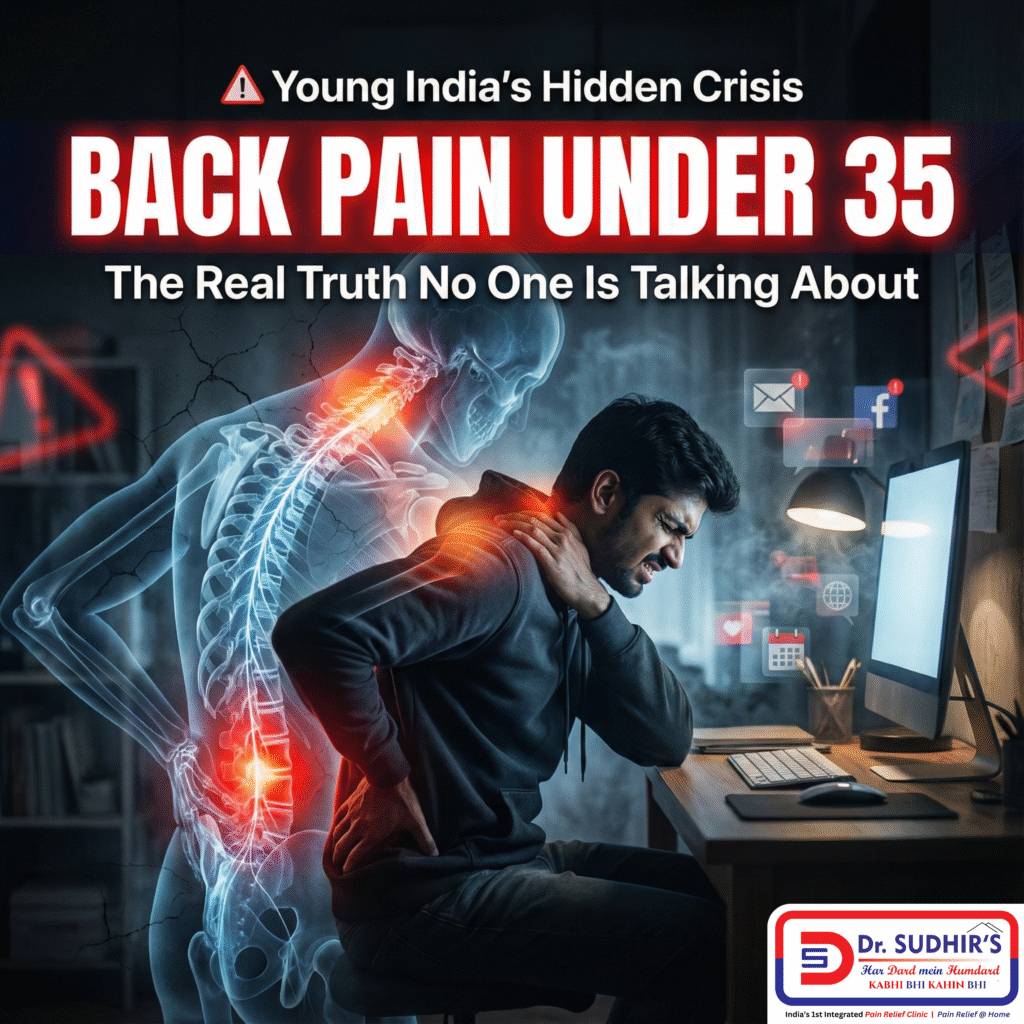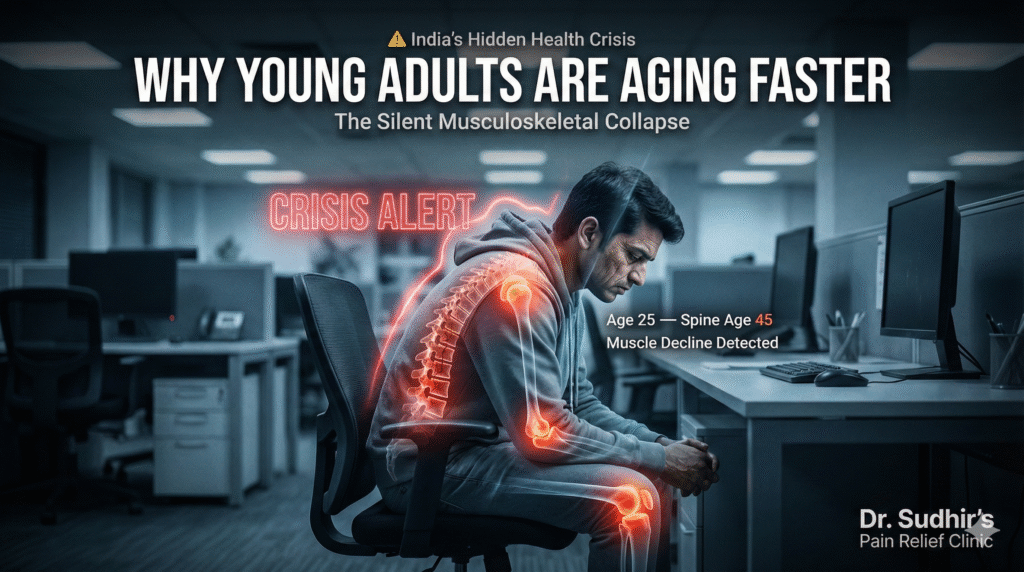Precise Diagnosis for Targeted Pain Relief
At Dr. Sudhir’s Pain Relief Clinic, we believe that accurate diagnosis is the foundation of effective treatment. Our comprehensive diagnostic services are designed to uncover the underlying causes of pain, nerve dysfunction, and musculoskeletal disorders, enabling us to create personalized treatment plans that deliver real results.
Our Diagnostic Services Include:
🔬 Neuro Diagnostic Tests
Used to assess the health and function of nerves and muscles:
-
Nerve Conduction Study (NCS) – Measures the speed and strength of nerve signals.
-
Electromyography (EMG) – Evaluates muscle response to nerve stimulation.
-
Sensory Nerve Testing – Assesses touch, vibration, and temperature response.
🧠 Neurological Examinations
Performed for conditions like paralysis, tremors, migraines, or weakness:
-
Reflex testing
-
Cranial nerve evaluation
-
Muscle strength and coordination analysis
🩺 Physical & Postural Assessment
Identifies structural imbalances or misalignments that contribute to chronic pain:
-
Gait analysis
-
Spine and joint mobility assessment
-
Muscular tension & weakness evaluation
🧪 Basic Lab Investigations (if required)
For deeper evaluation of underlying systemic issues:
-
Inflammation markers
-
Vitamin deficiencies (B12, D3, etc.)
-
Blood sugar & thyroid levels
When Do You Need a Diagnostic Test?
You may require diagnostic testing if you experience:
-
Unexplained chronic pain
-
Tingling or numbness in limbs
-
Frequent headaches or migraines
-
Joint stiffness or muscle weakness
-
Post-injury or post-surgical discomfort
-
Nerve compression symptoms like sciatica
Why Choose Us?
✅ Expert-Led Evaluation – Dr. Sudhir personally assesses and interprets each diagnostic result.
✅ Non-Invasive Techniques – Most tests are safe, painless, and quick.
✅ Integrated Care – Diagnosis is directly linked to personalized treatment options like neuro therapy, physiotherapy, or lifestyle changes.





